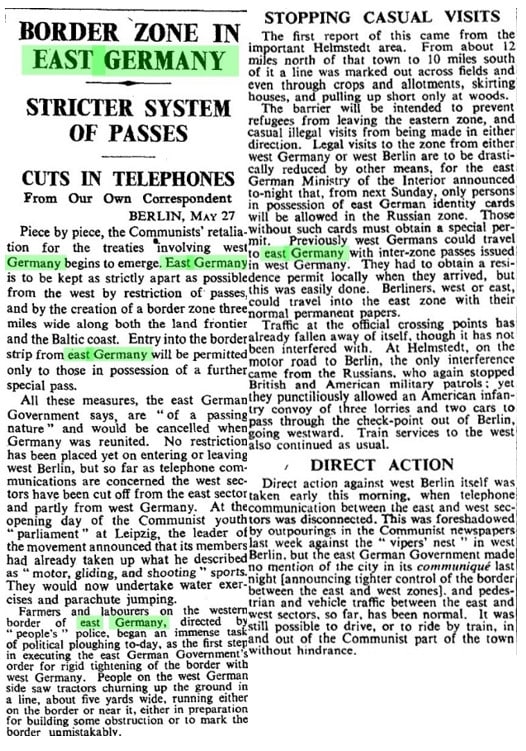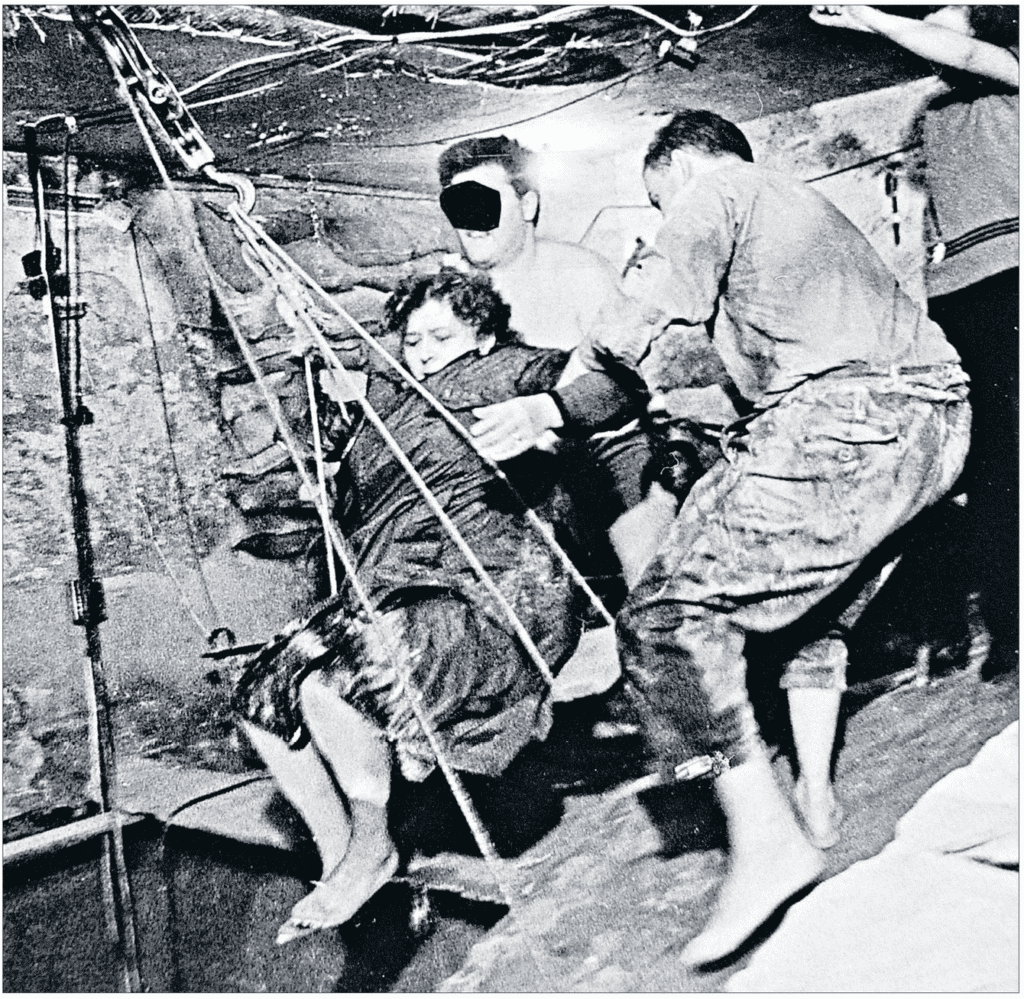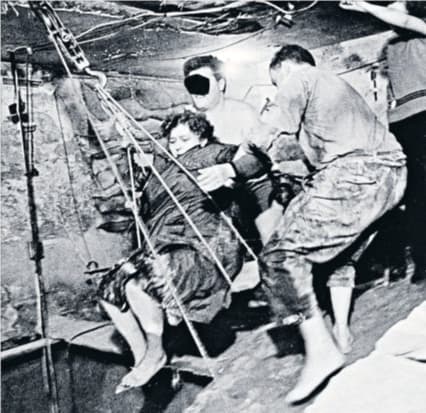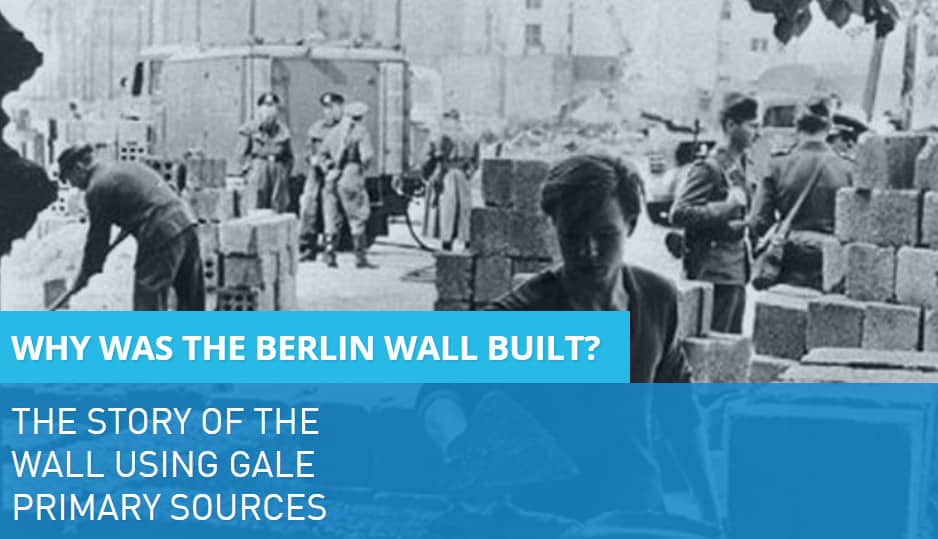│ By Stefanie Meinken, Gale Field Sales Executive, South-West Germany & Switzerland │
This year, 2019, is a year of anniversaries in twentieth-century German history. Not only is the Federal Republic of Germany celebrating its 70th birthday, former East Germany – officially known as the German Democratic Republic (GDR) –– was also founded 70 years ago, on 7th October 1949. The latter anniversary might spark divergent emotions; the period of the GDR’s existence is often seen as a time of suppression and uncertainty. The end of this period also has a significant anniversary this year: it is 30 years since the fall of the Berlin wall on 9th November 1989.
With all these memorable dates in mind, I was intrigued to see what I could find out about the former German Democratic Republic in Gale Primary Sources. Browsing through numerous results from newspapers to manuscripts and monographs, there was one topic in particular which caught my interest and those of the international press at the time: the numerous attempts via land, sea, air – and even underground – to escape from the communist regime in East Germany.
The 1950s
Before diving into the details of these risky escapes, I will provide some background to the situation. In the early years of the German Democratic Republic, it was still possible to leave East Germany legally. During these years, hundreds of thousands left the German Democratic Republic, driven by anxiety, fear and uncertainty about what to expect from a government under Soviet influence. This had already started to change by 1952 when a 5km wide border zone was created, together with a stricter system of passes and various other measures by which the government gained more control over citizen’s freedom of movement, as outlined in this article from The Times Digital Archive:

This article also mentions how people observed construction works along the border, and the setting up of a demarcation line across fields and woods in the Helmstedt area which enclosed one of the most important Autobahn routes to West Berlin. Only a year later, the government decided to block the escape route leading through Berlin which was until then one of the most used routes, as described in the article below. According to the East German news agency A.D.N. the purpose was “to protect the east German population from terrorists.”

Over the following years, the government stepped up their restrictions and control over movement in and out to East Germany further, culminating in the creation of the Berlin Wall in 1961. However, the government’s efforts to restrict citizen’s freedom weren’t accepted by everyone. Although attempting escape was very dangerous, many citizens took the risk, fleeing through, under or over the perilous border areas – risking their lives for freedom.
Runaway train
One successful attempt which received great media attention shortly after the construction of the Wall was an escape by a 28-year old train driver. He did not stop his steam locomotive at the planned railway station but instead broke through the border and continued to Spandau in West Berlin at top speed. The emergency brake, which the unsuspecting border patrol officer tried to pull several times when he realised what was happening, had been disabled before the event. This thrilling story is reported in an article in the Daily Mail Historical Archive from December 1961. With this venture he was able to free 25 people on the train, most of them family or friends.
Free as a Balloon
Another example which arguably surpasses all that went before in bravery and ingenuity took place on 16th September 1979. Two families crossed the inner German border from Thuringia and landed in Bavaria after a 25-mile flight in a homemade hot-air balloon!

Newspaper articles found in the International Herald Tribune Historical Archive stated that a 37-year old aircraft mechanic, together with the help of his 27-year old friend and their wives, constructed a balloon made from curtains and bed sheets, added a simple metal platform instead of a regular basket and used four propane cylinders to fill the balloon. As simple as it sounds, it was probably riskier than all previous methods: the propane was just enough to fill the balloon for 45 minutes, so they weren’t sure if they could make it across the border. It was an enormous relief for all when they encountered a West German police patrol after landing, confirming they had indeed made it to West Germany. Amusingly, the officer had been sent to investigate reports about aliens on flying saucers!

https://link.gale.com/apps/doc/DEVKYG473154704/GDCS?u=webdemo&sid=GDCS&xid=546360cf
Digging for freedom
Another daring escape, however, can also be argued to have been the most spectacular! Indeed, some reports label the “Tunnel 57 escape” as the biggest undertaking of all. In October 1964, 57 women, men and children crawled through a tunnel about 150 meters long into the West Berlin district of Wedding. According to this article from The Telegraph Historical Archive, this was the largest successful mass escape in the history of the GDR.
Thirty-five students living
across the Wall in West Berlin had been digging for weeks to free family
members who remained in the East, as well as out of ideology and political
revolt. According to the Telegraph, they used an old bakery as the
starting point in West Berlin and ended the tunnel under a disused outside
lavatory on the other side of the Wall. The refugees had to crawl through a
narrow tunnel, measuring two feet high and three feet wide and were pulled up
into the bakery by an electric winch, as shown in the picture below.

Telegraph Historical Archive, https://link.gale.com/apps/doc/CRHART367035178/GDCS?u=webdemo&sid=GDCS&xid=79fc85a6
The undertaking ended abruptly on the second evening, when they were betrayed by two potential escapees, who said they were fetching a friend to join them, but in fact returned with several border guards. One of the guards was shot, but all escapees and their helpers survived.
Many more escape attempts were made over the years and, whilst I cannot discuss them all here, they were all born out of feelings of desperation and hope for a better life, and many others exhibited equally impressive genius.

If you’re interested in the history of the division of Germany, why not check out this study of why the Berlin Wall was built? Enriched with primary sources, it is part of our Archives Explored resource hub on the main Gale website.



